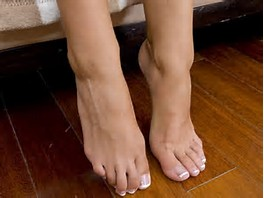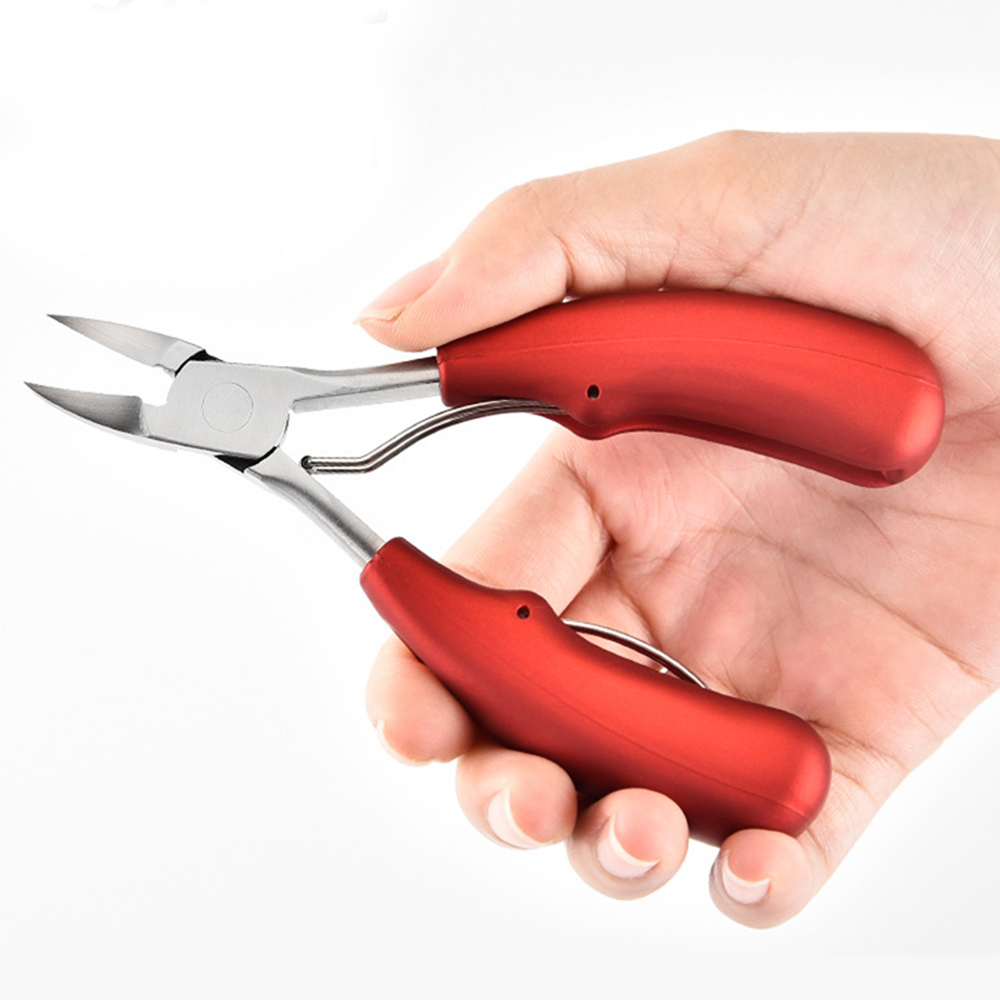Can't do a deep squat? Use this coach's four-step plan





Can't do a deep squat? Use this coach's four-step plan
The squat is a well-known lower-body exercise that targets multiple muscle groups. A deep squat elevates the standard exercise to the next level, demanding more mobility in your hips, quadriceps and glutes. It also builds strength and stability in your core, because you have to engage your trunk muscles to maintain your balance.
- Trainer Malin Malle, known as Calixpert on Instagram, uses calisthenic exercise principles to help her clients improve their strength, mobility and flexibility. While calisthenics may seem daunting for beginners, the good news is that there's often a step-by-step progression from an easy movement to a difficult one. Practice regularly and you'll be amazed at what your body can do. In her post, Malle, outlines such a progression.
How to progress to a deep squat
Benefits of a deep squat
There are many benefits to performing deep squats. "Probably the most obvious would be improved quadriceps [front of thigh], hamstrings [back of thigh] and gluteal [buttock] muscle mobility," says Stuart Galise, a physiotherapist and clinical director of Physioimpulse.
Galise says these muscles are vital for everyday movements, such as sitting down and standing up from the floor.
What is calisthenics?
Earlier this year, we spoke to trainer Gus Vaz Tostes who outlined the differences between CrossFit and calisthenics. "[Calisthenics] is very similar to Olympic gymnastics, through its inclusion of pulling, pushing and handstand sequences," says Vaz Tostes. "It originated in parks; however, it has now moved to gyms and group classes. It is a very accessible training methodology as you only use your bodyweight. But, if possible, you'd need access to a pull-up bar and some parallettes."
- Story by
Articles - Latest
- A yoga teacher says this five-minute stretch is all you need to maintain flexibility in your spine
- Can't do a deep squat? Use this coach's four-step plan
- 6 Reasons Your Feet Are So Itchy
- Surprising Benefits of Using Bay Leaves on Your Feet
- I run 50 miles a week and this is my go-to 20-minute yoga-for-runners workout to boost my flexibility
- How to do hanging leg raises with perfect form, according to trainers
- The two exercises everyone should add to their strength workouts to see results, according to an expert trainer
- 1 year of heavy strength training could offer 4 years of benefits, study suggests
- Research Has Unveiled How Many Sets You Need to Do to Build Muscle
- I did 50 frog crunches every day for a week — here's what happened to my abs
- 10 physio-approved exercises for runners that will help you build strength and mobility
- Forget sit-ups — this 3-move standing ab workout chisels your abs and obliques
- What to do when plantar fasciitis is so bad you can't walk
- Five exercises better than side bends to sculpt strong obliques
- Forget Russian Twists — this 10-minute stability ball workout targets your abs and glutes
- Professor explains how we are all doing one exercise wrong and it is causing us pain
- Supplies, Description, and Usage - Tech Nails-2
- Supplies, Description, and Usage - Tech Nails
- Exercises for Plantar Fasciitis
- Shoes, insoles and splints: Cushioning and support - Plantar fasciitis
- 10 best bum workouts and 25 bum exercises for a 🍑'ier butt
- The dos and don’ts of running when you’re over 40
- This 30-minute workout can be done from just about anywhere
- I teach stretching routines for a living — 3 exercises that strengthen your hips and open your hamstrings
- Somatic exercise has gone viral promising to lower cortisol levels, ease stress, and boost health - so, does it actually work?
Articles-Popular
- Home
- Calluses and Corns-4-Padding and Insoles To relieve Pressure
- Add Muscle, Build Stamina and Fire up Your Metabolism with Our Three-Move Strongman Circuit
- The two exercises everyone should add to their strength workouts to see results, according to an expert trainer
- Appreciate Your Feet
- Contacts
- Therapy Price List- Aromatherapy - Counselling
- WEB - LINKS
- The Awareness of Foot Care
- Nail Technician Resume
- Join us as a Therapist
- Blisters on the Feet
- Skin Care-Feet
- TCM - Therapy Prices
- Galleries
- Podiatry/Chiropody Price List
- Bacterial Infections
- Nail Technician Job Description
- Itching Skin on the Feet
- Athlete's Foot
- Sweaty or Smelly Feet
- Gallery - Pedicured Feet
- Appointments
- Skin Changes Associated with Blood Flow
- Calluses and Corns - 2






